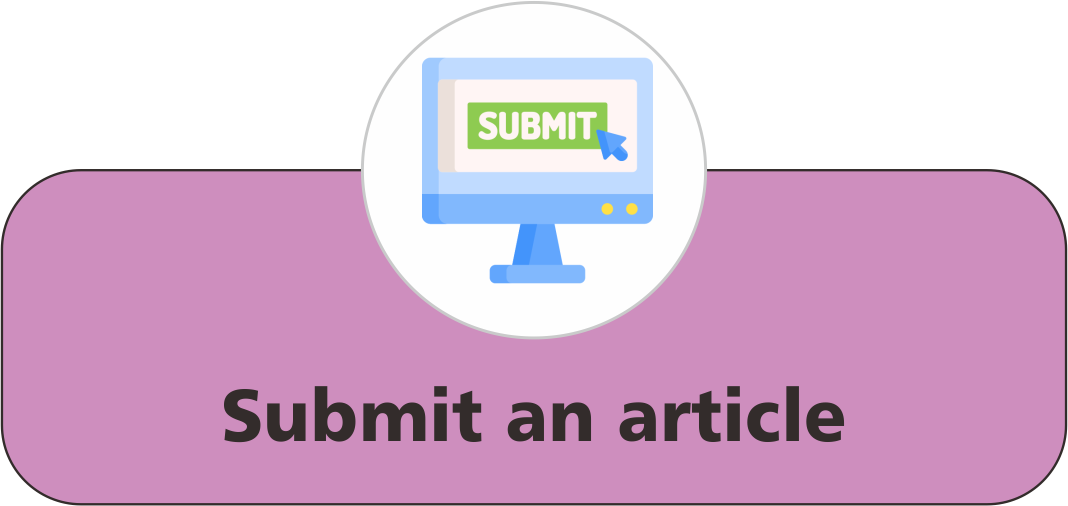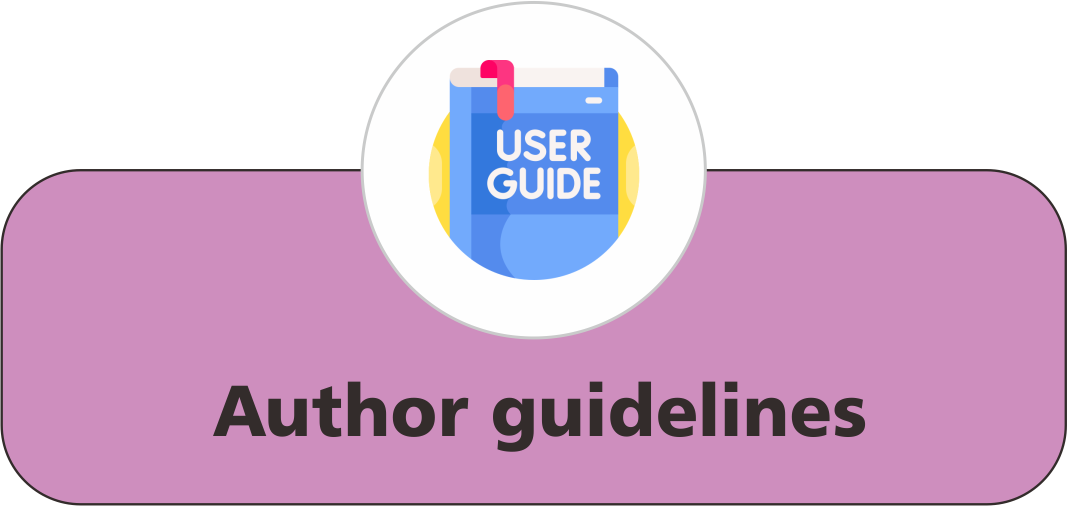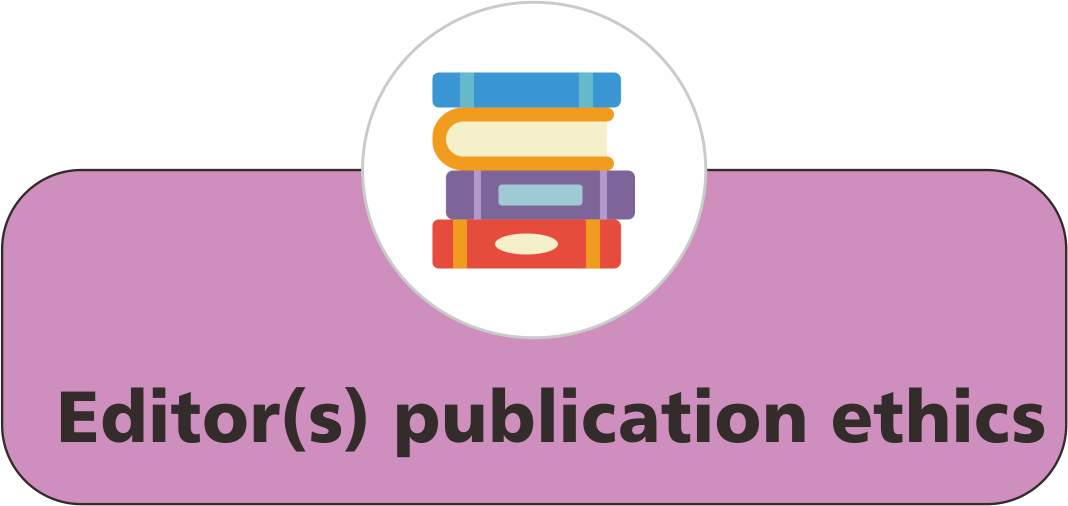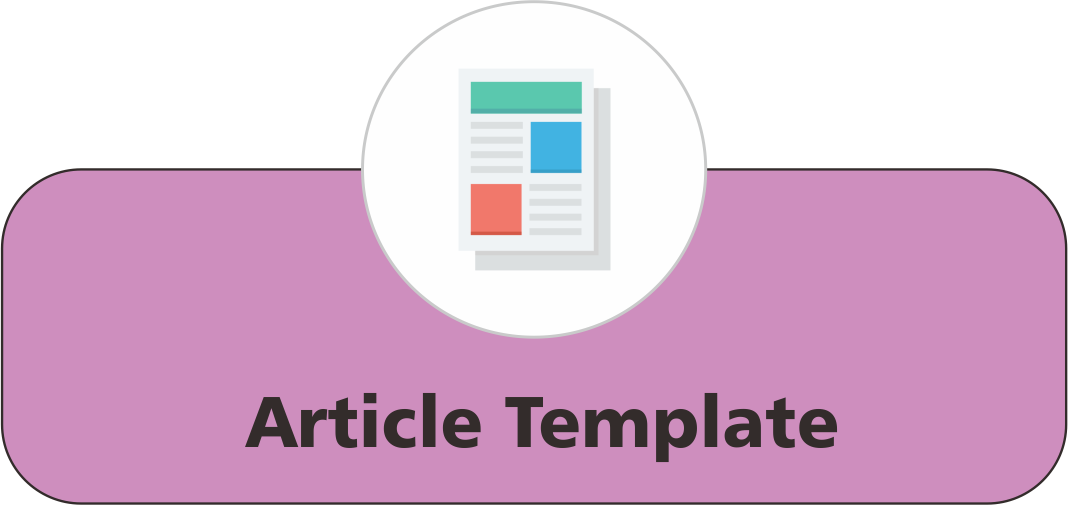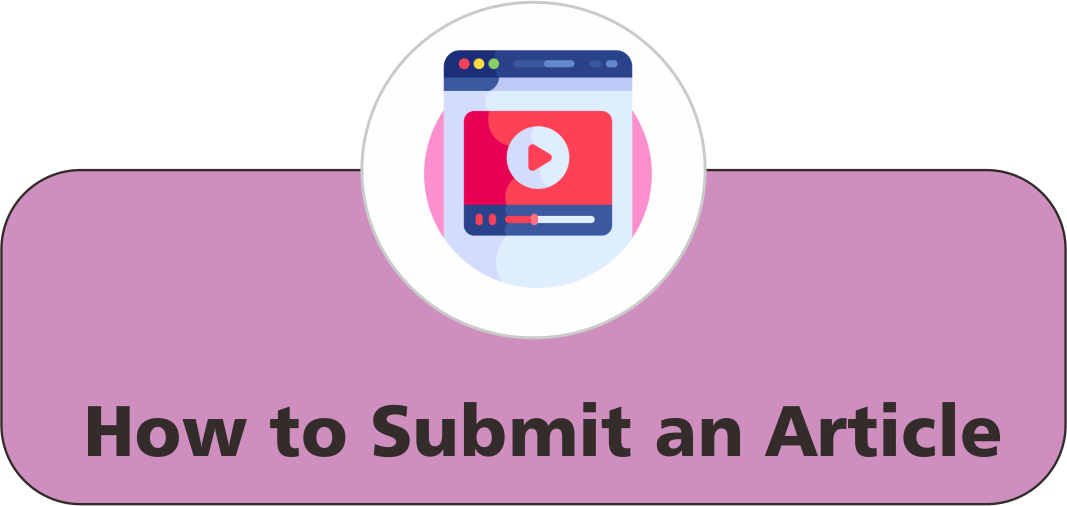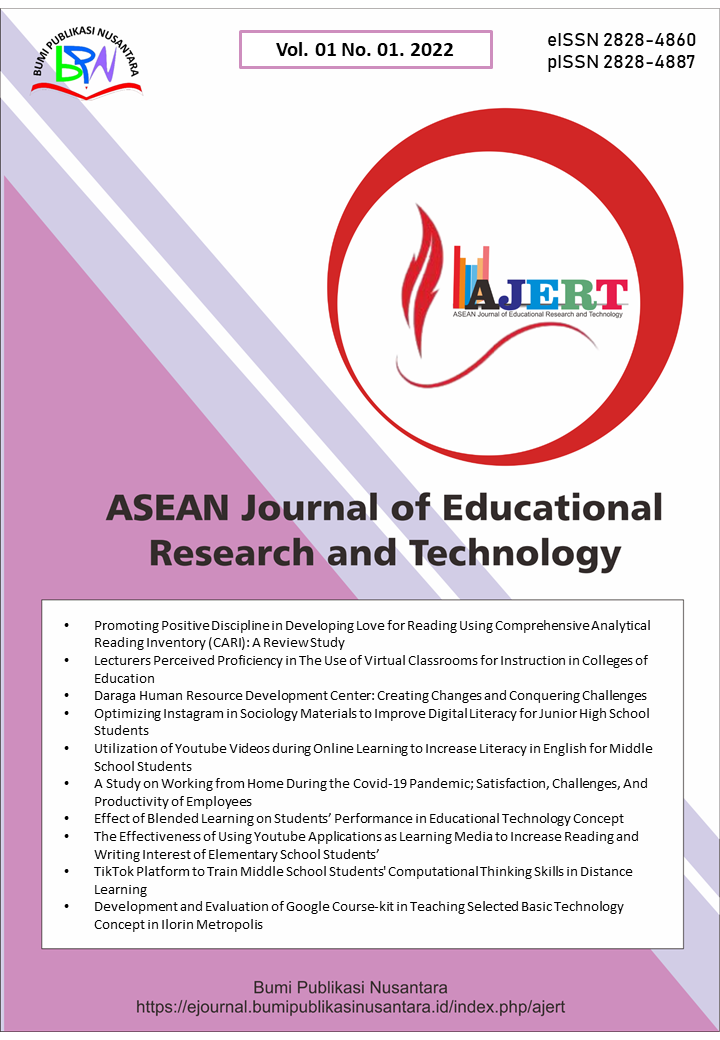Perceptions of Music and its Effect on the Productivity of Students
 ), Cris Angel Abalos(2), Hannah Nicole Manero(3), Duchess Siena Ross Mosquera(4), Lenygel Benace Gonzales(5), Vivialyn Asoy(6), Joselyn Estrellan(7), April Mae Marcell(8),
), Cris Angel Abalos(2), Hannah Nicole Manero(3), Duchess Siena Ross Mosquera(4), Lenygel Benace Gonzales(5), Vivialyn Asoy(6), Joselyn Estrellan(7), April Mae Marcell(8),
(1) Sultan Kudarat State University
(2) Sultan Kudarat State University
(3) Sultan Kudarat State University
(4) Sultan Kudarat State University
(5) Sultan Kudarat State University
(6) Sultan Kudarat State University
(7) Sultan Kudarat State University
(8) Sultan Kudarat State University
 Corresponding Author
Corresponding Author
Abstract
Keywords
References
Akhmadullina, R. M., Abdrafikova, A. R., and Vanyukhina, N. V. (2016). The use of music as a way of formation of communicative skills of students in teaching English language. International Journal of Environmental and Science Education, 11(6), 1295-1302.
Dillman Carpentier, F. R., and Potter, R. F. (2007). Effects of music on physiological arousal: Explorations into tempo and genre. Media Psychology, 10(3), 339-363.
Herrington, J., Oliver, R., and Reeves, T. C. (2003). Patterns of engagement in authentic online learning environments. Australasian Journal of Educational Technology, 19(1), 59-71.
Hopkins, M. T. (2015). Collaborative composing in high school string chamber music ensembles. Journal of Research in Music Education, 62(4), 405-424.
Karageorghis, C. I., and Priest, D. L. (2012). Music in the exercise domain: A review and synthesis (Part I). International Review of Sport and Exercise Psychology, 5(1), 44-66.
Kumar, N., Wajidi, M. A., Chian, Y. T., Vishroothi, S., Ravindra, S. S., and Aithal, P. A. (2016). The effect of listening to music on concentration and academic performance of the student: Cross-sectional study on medical undergraduate students. Research Journal of Pharmaceutical, Biological and Chemical Sciences, 7(6), 1190-1195.
Lee, M. J., McLoughlin, C., and Chan, A. (2008). Talk the talk: Learner‐generated podcasts as catalysts for knowledge creation. British Journal of Educational Technology, 39(3), 501-521.
Luvaas, B. (2009). Dislocating sounds: The deterritorialization of Indonesian indie pop. Cultural anthropology, 24(2), 246-279.
Patel, A. D. (2011). Why would musical training benefit the neural encoding of speech? the opera hypothesis. Frontiers in Psychology, 2, 142.
Schäfer, T., Tipandjan, A., and Sedlmeier, P. (2012). The functions of music and their relationship to music preference in India and Germany. International Journal of Psychology, 47(5), 370-380.
Sloboda, J. A., and Juslin, P. N. (2001). Psychological perspectives on music and emotion. Music and Emotion: Theory and Research, 2001, 71-104.
Article Metrics
Abstract View : 12079 times
: 12079 times Download : 6832 times
Download : 6832 times
Refbacks
- There are currently no refbacks.
Copyright (c) 2023 Bumi Publikasi Nusantara

This work is licensed under a Creative Commons Attribution-ShareAlike 4.0 International License.

